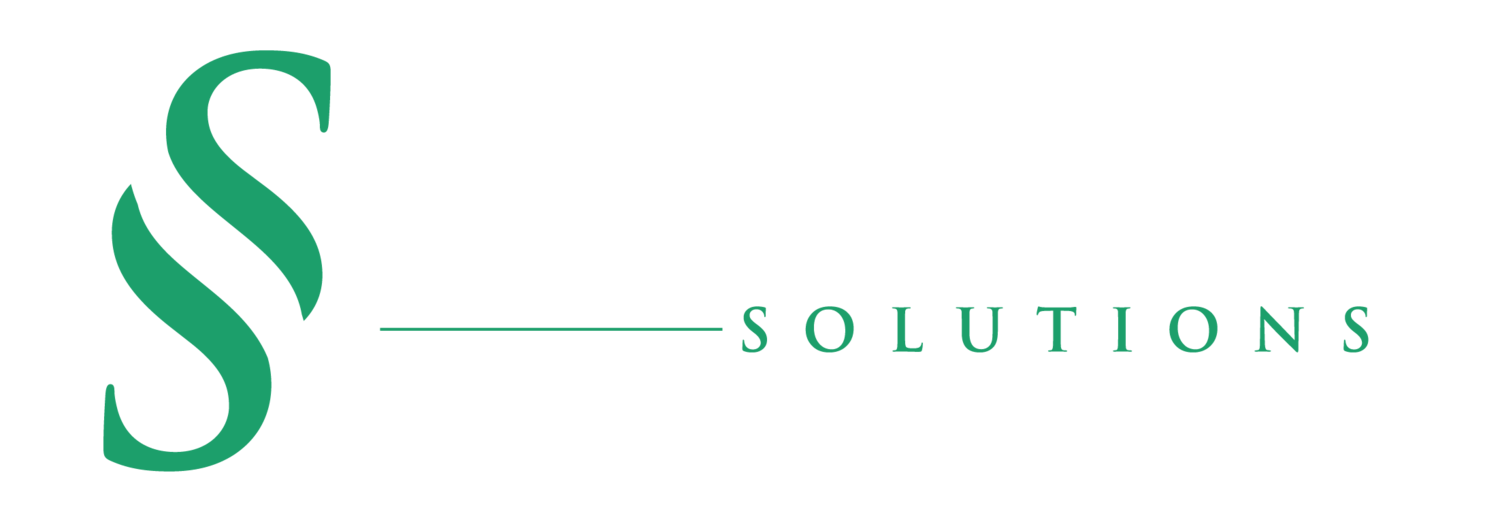Ever get excited about starting something new?
I have a brain that never seems to stop coming up with new ideas. I’m convinced that each idea is going to change the world. There’s no lack of enthusiasm, however there is often very little framework for actually getting the vision from idea into action.
Maybe this is you? Or maybe you work for someone who is a visionary with amazing ideas but needs your help to get them off the ground. Most healthy organizations are led by people with strong vision and who rely on a team to help implement and excuse, often at a quick pace.
Getting started is not the problem. Starting well is.
How you start often determines how well you finish. If the idea is worthwhile, then it should be enduring. After creating a clear vision and direction there are 3 key elements to keep in mind as you set out to start well and endure forever:
1. Customer Development
Understanding who will benefit from your idea is the first place to start. This takes the most effort in the process because traditional ways of developing ideas tell us to develop the ‘product’ or idea before we think about the *customer.
The old way of thinking says we have the brilliant idea and if we just build it they will come. While some people may find their way to you and your idea, it’s more strategic to build an idea around what your customer actually wants, not what you think they want.
The only way to find out what your customer wants is to ask them. Steve Blank in his book, ‘The Startup Owner’s Manual’ tells his readers to get out of the building and go talk with your potential customer. There are no answers ‘in the building’, or another way to put it – there are no answers inside your personal bubble.
*Customers: anyone that can benefit from your product, idea, organization or way of thinking.
2. MVP (Minimal Viable Product)
Once you know what your customer is looking for you can measure against your original idea. There is a synergy that happens when you take your original idea and infuse its with your customer’s desires. There is no obligation to create exactly what they want. Stay close to your vision, however there always needs to be flexibility in the early development stages.
Now that you have a better picture of what your customer is looking for, you start to build a small and simple version of it. In the startup world this is called a minimal viable product. A smaller sample that will test your idea and provide feedback as soon as possible.
Let’s say you want to open an ice cream shop. Or, if you’re a big thinker, you want to create an international ice cream empire that revolutionizes the way people eat ice cream forever. (While a bit dramatic, this is how visionaries actually think.) What would be the smallest and simplest way to get started?
Create a batch of amazing ice cream at home, walk next door and ask your neighbor if they would like to try your ice cream for $1. Not very exciting right? Not going to make you a million dollars for sure. But, small and simple. This is an MVP.
Now, here is where the magic happens.
3. Feedback Loop
Once your neighbor tries your ice cream, something magical is about to happen. They are going to give you feedback. And feedback is magic. It’s the ingredient you need most to ensure your idea or product starts well and endures forever. If you ask the right questions, you will get the information you need to move forward.
Developing a continuous feedback loop for your idea is critical to building something enduring. You have to ask the questions, and more importantly, be open to what you hear. You cannot be married to your idea, it is an ever evolving concept in the beginning until you get the right customer / product fit.
Rarely does the idea you start with became the end result.
Your neighbor tells you they like your ice cream but would love if they knew it came from grass fed cows. They love chocolate ice cream, but they don’t like that they have to worry about where the milk comes from.
Feedback is gold. Your job is to get as much feedback in the beginning as possible so you can incorporate into versions #2, and #3, and #4…and so on. We call these iterations. Your idea should go through various iterations (or versions) before it gets locked down as final.
With a continuous feedback loop you test you idea or product, gather feedback, and make small changes to your MVP and then start the process again. Test, feedback, iterate and back around it goes. Making small changes to a simple idea is easy and fairly inexpensive. Making drastic changes to an idea you’ve been working on for over a year is costly and time consuming.
Your second batch of ice cream was made with milk from grass fed cows and 9 out of your 10 neighbors who tastes it think it’s amazing and they would gladly pay you $5 for a scoop confident they know where the milk came from. Now you’re on to something that wasn’t even part of your original idea.
You win. They win.
We all get excited to start new things, new ventures and businesses. Understanding these key elements from the outset will ensure that your amazing idea will endure and make a difference in the lives of others. You win. They win.
Want to know more about starting well? Using startup principles and framework to ensure that you are building on a solid foundation that may start small but scale fast? Contact Lisa for a detailed step by step plan to launching and creating momentum in your business or organization – Lisacumes@gmail.com.



